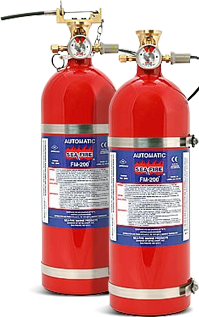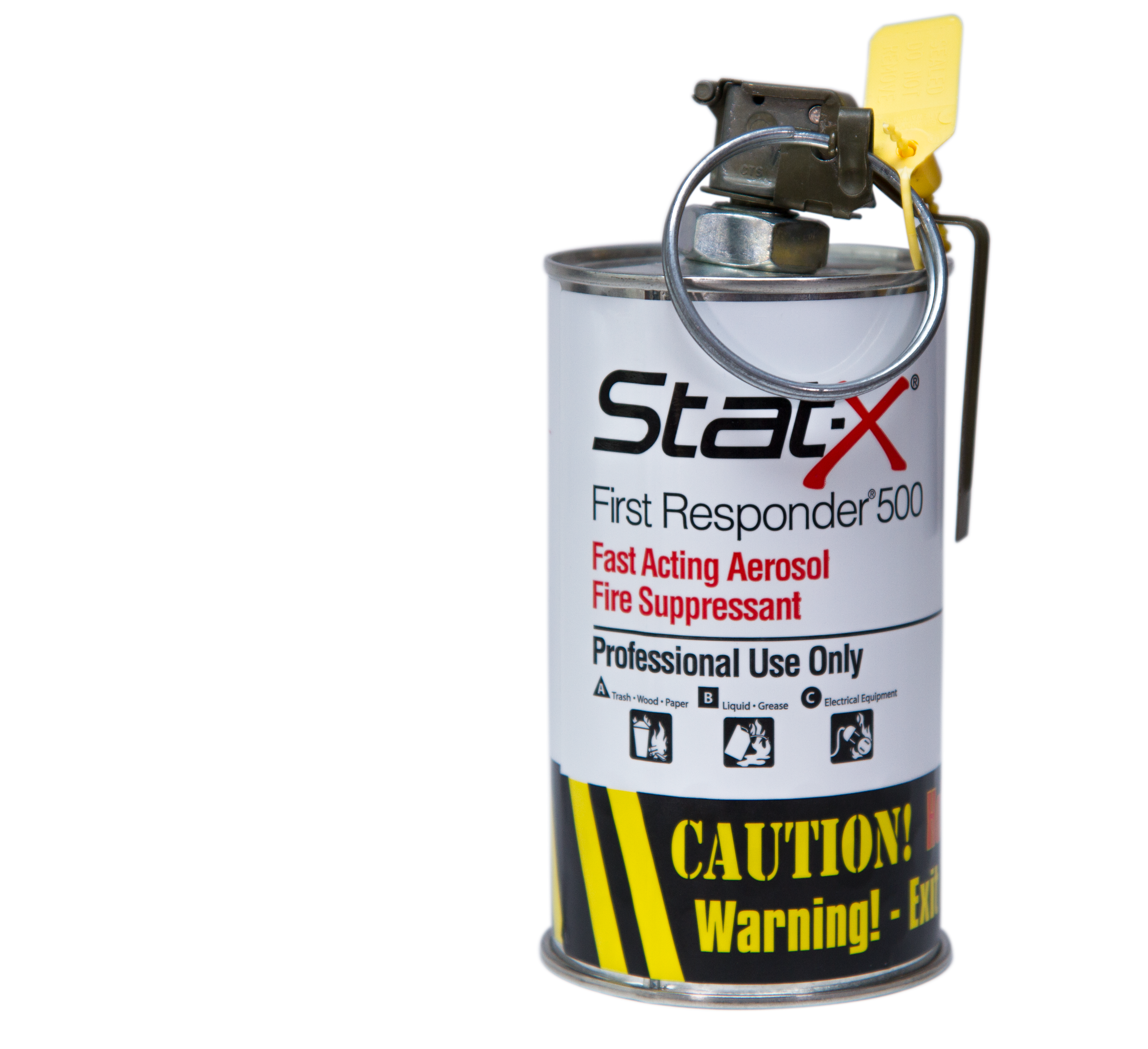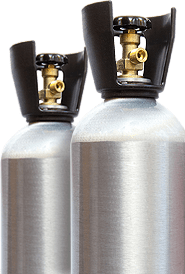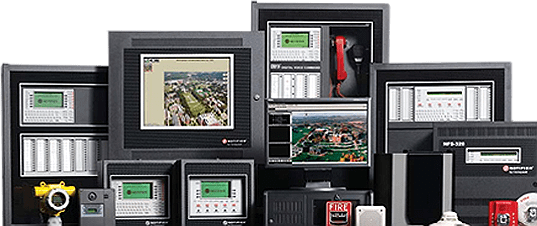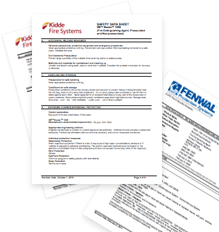Cylinder Hydrostatic Testing in Canada: Intervals, Labelling, and Transport Canada Basics

Storing and maintaining gases is vital for the use of clean agent systems. Because they don’t rely on water, they operate under a different set of rules than traditional sprinkler systems. These materials are frequently stored under pressure, which comes with a slew of legal requirements related to testing and ensuring the safety of the containers.
Why Hydrostatic Testing Matters
Inert gas systems are becoming a popular choice for high-dollar assets like data centers and server rooms. While the agents themselves provide unique advantages in protecting, housing them in pressurized containers carries a separate risk. Common clean agents, such as FK-5-1-12, as well as common elements like CO2, fall under the jurisdiction of the Transport of Dangerous Goods (TDG) Regulations. Rather than being a set of guidelines, these are federally required laws for using pressurized agents in fire suppression directly under the purview of Transport Canada (TC).
Explore further
The Regulatory Framework
TDG + CSA Standards You’ll See on Quotes & Certificates
Canadian Standards Association (CSA) is often referenced in the TDG regulations. Along with the American counterpart ANSI, the CSA is responsible for defining and regulating a wide range of health and safety equipment in fire service. Frequent references in this field include CSA B339 (manufacturing), CSA B340/B342 (use of equipment), and CSA B341 (inspection). All standards for Class 2 gases (used in inert and clean agents systems) are available in TDG Section 5.10.
It is important to stay up to date on all material. Importantly, new editions were published and became binding in August of 2025.
Who Can Test Cylinders
Hydrostatically testing compressed gas cylinders is vital for preserving the integrity of the container. Only “requalifiers” officially registered with Transport Canada can perform these tests. TC has an easily searchable database of licensed professionals you can use to meet your needs.
Where NFPA Fits
NFPA 12 (CO2) and NFPA 2001 (clean agents) help explain the needs of testing and basic maintenance requirements. The NFPA sections on these agents can help you better understand your products. While they can be used as a guideline, they are not legally binding in the way CSA rules are. Using them as an additional resource is recommended, but always adhere to your authority having jurisdiction’s policies.
Typical Intervals (By Cylinder Type/Service)*
* Your specific cylinder will have a stamp on it indicating its specific testing and operational needs. Use the following set of rules as a guide, but always reference your individual product for specific guidelines.
CO₂ System Cylinders
Universally, NFPA 12 governs the use of CO2 canisters, with the specific AHJ varying between Canadian Marine Authorities and Transport Canada depending on specific use. In general, pressurized CO2 containers need to be hydrostatically tested every 12 years if they have not been used, and tested before being recharged if 5 or more years have passed since the last test was performed.
Clean Agents (HFC-227ea/FM-200, FK-5-1-12)
Fire departments regularly hydrostatically their life-saving, and frequently used, SCBA bottles every 5 years. NFPA 2001 anticipates a similar 5-year cycle for the hoses on clean agent containers (FK-5-1-12, HFC-227ea/FM-200, etc.). The cylinders may only have to be tested every 12 years if the contents haven’t been expelled and refilled, but be sure to consult the stamping on the bottle, as well as all other relevant manufacturer data.
People also search
Inert Gas (N₂, Ar, IG-55/IG-541) & UN Pressure Receptacles
Inert gas banks are regularly housed in UN pressure receptacles, which follow a separate schedule. Falling under CSA B341, testing of these types of containers (holding gases like nitrogen and argon) follows either a 10-year or 5-year inspection schedule depending on exact manufacture of your container.
Labelling, Stampings & Records After Requalification
What Goes on the Cylinder
Cylinders which pass inspection will be given a permanent stamping to indicate when they were hydrostatically tested and by whom. This allows you to easily maintain a record of what cylinders can remain in use and when they need to be evaluated again. This information should also be kept on file with TDG shipping documents.
Tags & Due-Date Tracking
In addition to the permanent stamp, most facilities will keep service tags documenting all testing and servicing. These can make work orders and routine inventory tasks easier, and should be synchronized with your CSA regulatory paperwork and databases.
When a Cylinder is “Condemned”
Cylinders which fail hydrostatic testing must be immediately removed from services and appropriately replaced. Those cylinders which show excessive permanent expansion will be marked and will no longer be allowed to be put into service for any reason.
Preparing for Hydrostatic Testing (and Minimizing Downtime)
Planning & Spares
Aligning your hydrostatic testing with general system inspections and maintenance can help you avoid downtimes and allow for a more fluid process. Having spare bottles and parts on hand will allow you maintain full operational protections while individual components are swapped out with the spares to be tested before immediately being returned to service.
Safe Transport & TDG Essentials
Transport of Dangerous Goods regulations must be adhered to strictly to maintain safe transport of all containers. Different regulatory bodies exist for transport across land or water, and ensuring you have not only the correct hardware, but the correct documentation, will minimize delays and provide the proper protection of your goods.
Post-Test Re-Commissioning
Standard procedures following testing should always be followed, including but not limited to weight/charge verifications, acceptance testing, and confirming room integrity. Placing your cylinders back in service takes the same amount of precaution as placing any new gas container would need.
Integrating Hydro Tests with Your Fire System Program
Tie-In to NFPA Schedules
Since NFPA 10, 12, and 2001 all require 5 year testing cycles, consider integrating your hydro testing into this timeframe. This can help minimize site visits and effectively take care of numerous levels of safety inspection at one time instead of drawing it out over multiple visits.
Documentation for AHJs & Insurers
Having a physical and digital collection of all your cylinders data (including testing, serials, etc.) will both help keep you organized and make audits and insurance renewals easier and speedier. Keep this in one place and add to it as necessary.
Case Insight (Example)
Rather than shut down operations and work through CO2 banks piecemeal, a distribution centre scheduled a professional testing agency to come out with staged loaner cylinders and perform all the testing over the course of two weeks. The result was zero operational downtime without any loss of safety or security in the suppression system. The cylinder banks are good for another 10-12 years, when the process can seamlessly be repeated again.
Final Recommendations & Compliance Tips
Your AHJ, and as well as Transport Canada are vital resources, but you need to pay attention to the specific stampings on your cylinders for servicing. Bottles may only need to be tested every 12 years, but hoses frequently operate on a 5 year cycle. Follow along with the regular updates from the CSA, including recent changes that went into effect on August 1, 2025, and be sure to bundle together your annual inspection with container testing to maximize efficiency.
Control Fire Systems pros can handle every part of your hydro testing, from pickup and dropoff to requalification and legally required stamping and marking. Only licensed professionals are allowed to perform this work, so work with someone you trust to keep your inert gas and clean agent suppression system running smoothly and safely.







